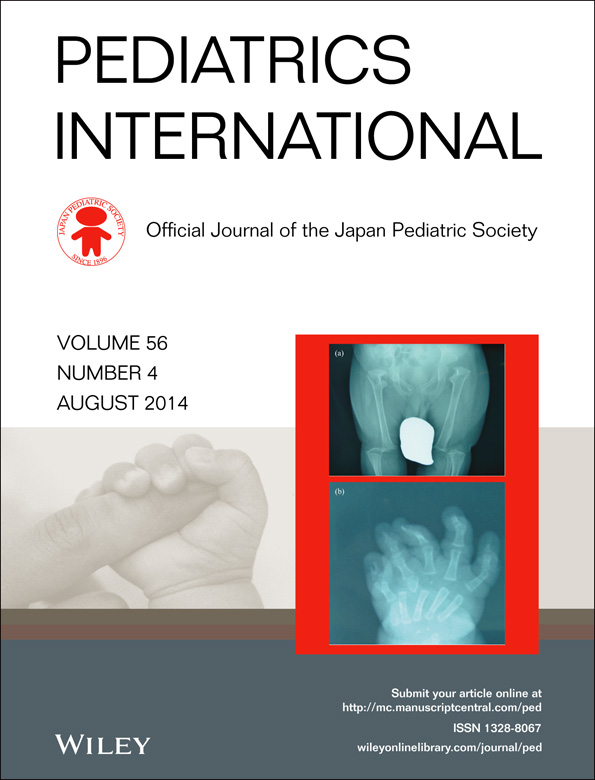Computed tomography findings of ongoing subgaleal hemorrhage
Abstract
Neonatal subgaleal hemorrhage (SGH) is a serious adverse event that is often underestimated and sometimes goes unrecognized. It can cause bleeding complications and jeopardize the patient's life. Early diagnosis and prompt treatment are important in optimizing the outcome in neonates with SGH. Herein we describe the case of a newborn who developed severe SGH and died. We report unenhanced computed tomography (CT) of ongoing SGH, which showed a low-density region in the surrounding area of the head. The density could be explained by unclotted active bleeding and low hematocrit. Even if a patient with clinically suspected SGH has a low-density region on CT, the presence of SGH should not be excluded.




